The Twelve Apostles are the stunning stack formations in the Southern Ocean, an Aussie icon. Located on the Shipwreck Coast and part of the Port Campbell National Park which is renowned for its coastline and wildlife. The landscapes and people make for a unique opportunity to see wild animals. This guide will take you into this amazing place and from colourful sea life beneath the surface to birds building homes on cliffs.
Natural Features of the Site: The Twelve Apostles

The Twelve Apostles are obvious due to their massive rock formations that were formed from intense erosion. Also known as limestone stacks, these natural wonders are situated along the beautiful southern coast near Port Campbell and are surrounded by the Southern Ocean. Other features in the area, like London Bridge and the Bay of Islands, show the volcanic history of the area. Apart from the main attractions of these formations, their views are complemented by limestone cliffs, yellow rock, and the coastline. They are surrounded by the natural wonder of the Shipwreck Coast and the ancient Limestone cliffs that are interspersed with the natural rock formations that line the coast.
Flora and Fauna
The Twelve Apostles’ surroundings have a wide range of flora and fauna. This area has different ecosystems, temperate rainforests, coastal heathlands and volcanic plains with native animals. Melba Gully has prehistoric moss trees and giant tree ferns, as well as distant volcanic plains and extinct volcanoes at the top of the region. It’s this mix of different environments that ensures you’ll see friendly, water-housing koalas, multicoloured parrots and other wildlife in their natural habitat. The sustainability of the wildlife population is important for the ecosystem and the people of the Apostles Coast.
Coastal and Marine Habitats
The biological diversity of the coastal and marine environments around the Twelve Apostles is impressive. Various species of marine life feed and nest in the intertidal zones, rock pools and kelp forests along the wild coastline. Defence & Conservation Area Apostles Marine National Park from the Gellibrand River to the Southern Ocean is the zone for marine life. Southerners might be lucky to see Southern Right Whales and, occasionally, dolphins in the Southern Ocean. It’s also home to a colony of glow worms, the biggest in the area. Extreme weather and a very active marine ecosystem make for a great environment for species.
All Nature and Wildlife
The best way to see one of Australia’s greatest natural wonders is to find the wildlife in the area around the Twelve Apostles. Whether you take a walk on the coastal trails, go on an Apostles Helicopters flight for aerial views or visit the Port Campbell Visitor Information Centre to learn more about the region’s wildlife, there are many ways to see and experience the wildlife. There are many species of birds, land, and marine animals to see, and with each interaction, there is a taste of the diversity of animal life in the area. The location and wildlife to be seen change with time. Often, the best time is dawn and dusk when most animals are active and the coast is at its best. Sunset often is the best time to see wildlife and enjoy the coastal views.
Coastal Birds
- Little Penguins (Eudyptula minor) Little Penguins are found along the southern shores of Australia and are the least popular of all the penguin species. Lovely birds can be seen near their burrows when they come ashore, around sunrise or sunset.
- Australian Gannets (Morus serrator) Australian gannets, with their white bodies and black-tipped wings, are often seen fishing in the waters of the 12 Apostles, sometimes as far as the eye can see. Their plunging-bird style of diving is amazing.
- Silver Gulls (Chroicocephalus novaehollandiae) These are the common gulls that can be seen along the coast e.g. around the 12 Apostles. Their grey wings show they spend most of their time in the air.
| Bird Species | Scientific Name | Description |
|---|---|---|
| Little Penguins | Eudyptula minor | Small, nocturnal penguins are known for their adorable appearance and playful behaviour. |
| Australian Gannets | Morus serrator | Large seabirds with striking white plumage and a long, pointed beak are often seen diving for fish. |
| Silver Gulls | Chroicocephalus novaehollandiae | Common coastal birds with distinctive silver-grey feathers and a loud, calling voice. |
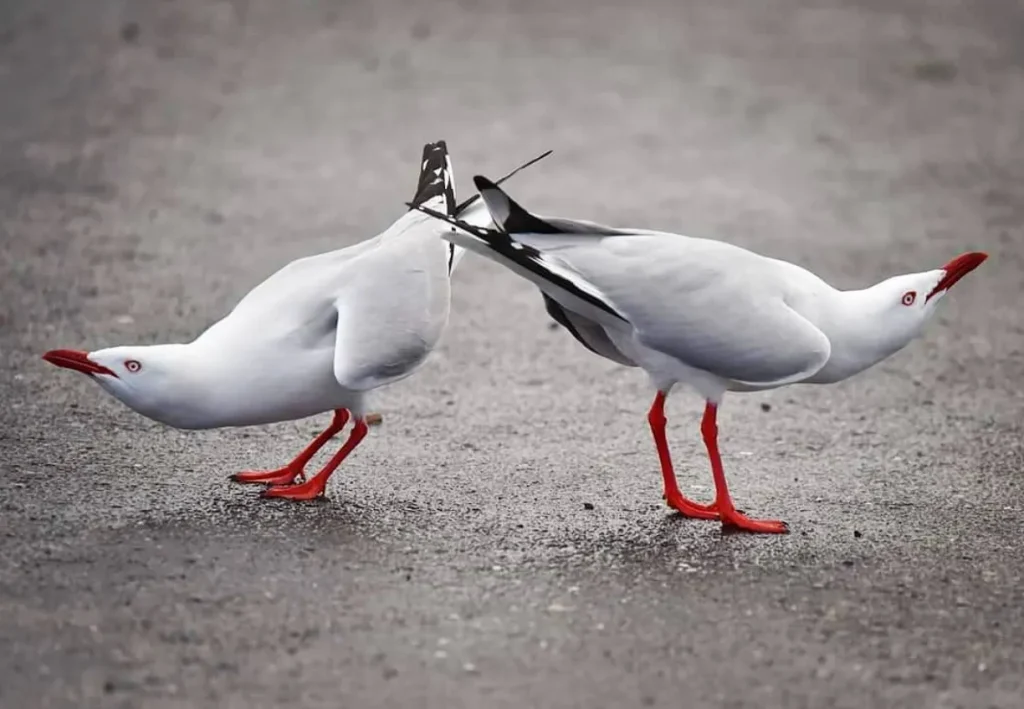
Marine Life
- Southern Right Whales (Eubalaena australis) June to October Southern Right Whales visit the southern coast. They are gentle and peaceful but sometimes get close to the 12 Apostles.
- Dolphins Common Dolphins and Bottlenose Dolphins are everywhere around the 12 Apostles. They are very active and love to jump out of the water.
The marine life around the 12 Apostles is full of amazing animals of the Southern Ocean.
Marine Species Scientific Name Description Southern Right Whales Eubalaena australis Big whales with big voices often seen during migration. Dolphins Various species of Playful marine mammals are often seen swimming near shore.
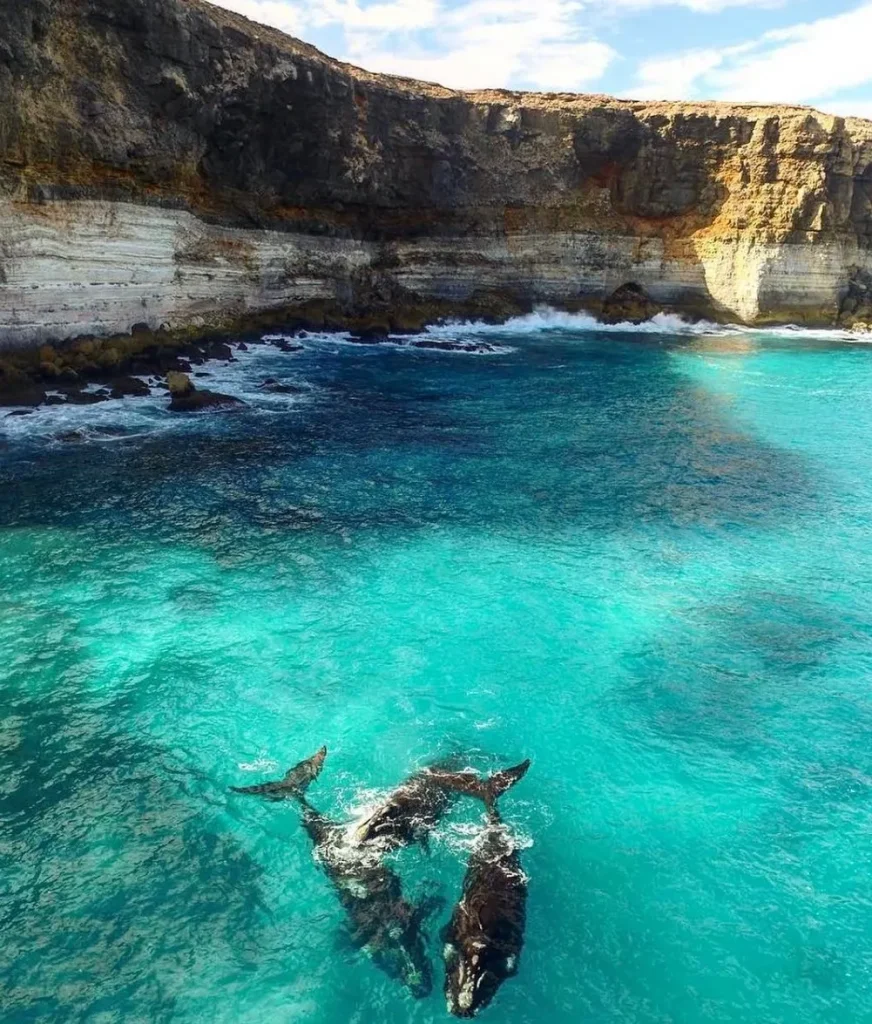
Terrestrial Wildlife
- Macropus giganteus: Eastern Grey Kangaroos There are Eastern Grey Kangaroos in the grasslands and coastal scrub but not at the 12 Apostles. These Australian marsupials are only active very early in the morning and late afternoon.
- Phascolarctos cinereus: Koalas Less common in open forests, koalas can still be found in these forest patches sometimes. They are usually found in the top of Eucalyptus trees where they are always dozing off.
This territory on the land is also inhabited by a variety of terrestrial animals.
| Terrestrial Species | Scientific Name | Description |
|---|---|---|
| Eastern Grey Kangaroos | Macropus giganteus | Large marsupials commonly seen grazing in the open fields near the coastline. |
| Koalas | Phascolarctos cinereus | Iconic Australian marsupials, often spotted in gum trees, are known for their friendly appearance. |
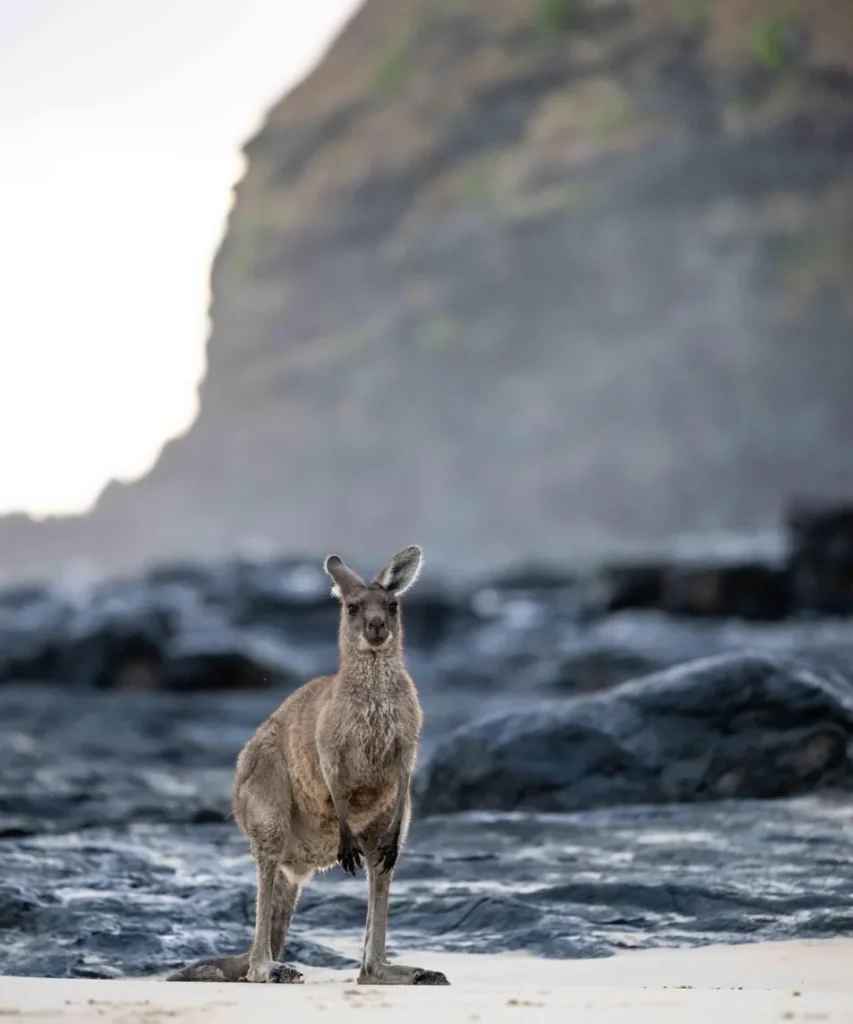
Reptiles
- Eastern Brown Snakes (Pseudonaja textilis) Despite being regarded as one of the most venomous snakes on the planet, the Eastern Brown Snake can sometimes still be found in the region in question. While such encounters are very rare, one should be careful and take their parts of the land with great consideration.
- Blue-tongue Lizards (Tiliqua scincoides) Such lizards are commonly seen basking on rocks or the track. The blue tongues of these reptiles are use by them as a warning advertisement toward predators.
Take note of the Reptilian diversity within the region:
| Reptile Species | Scientific Name | Description |
|---|---|---|
| Eastern Brown Snakes | Pseudonaja textilis | Highly venomous snakes that inhabit the area are often seen in grassy or wooded regions. |
| Blue-tongue Lizards | Tiliqua scincoides | Non-venomous lizards with distinctive blue tongues are known for their defensive displays. |
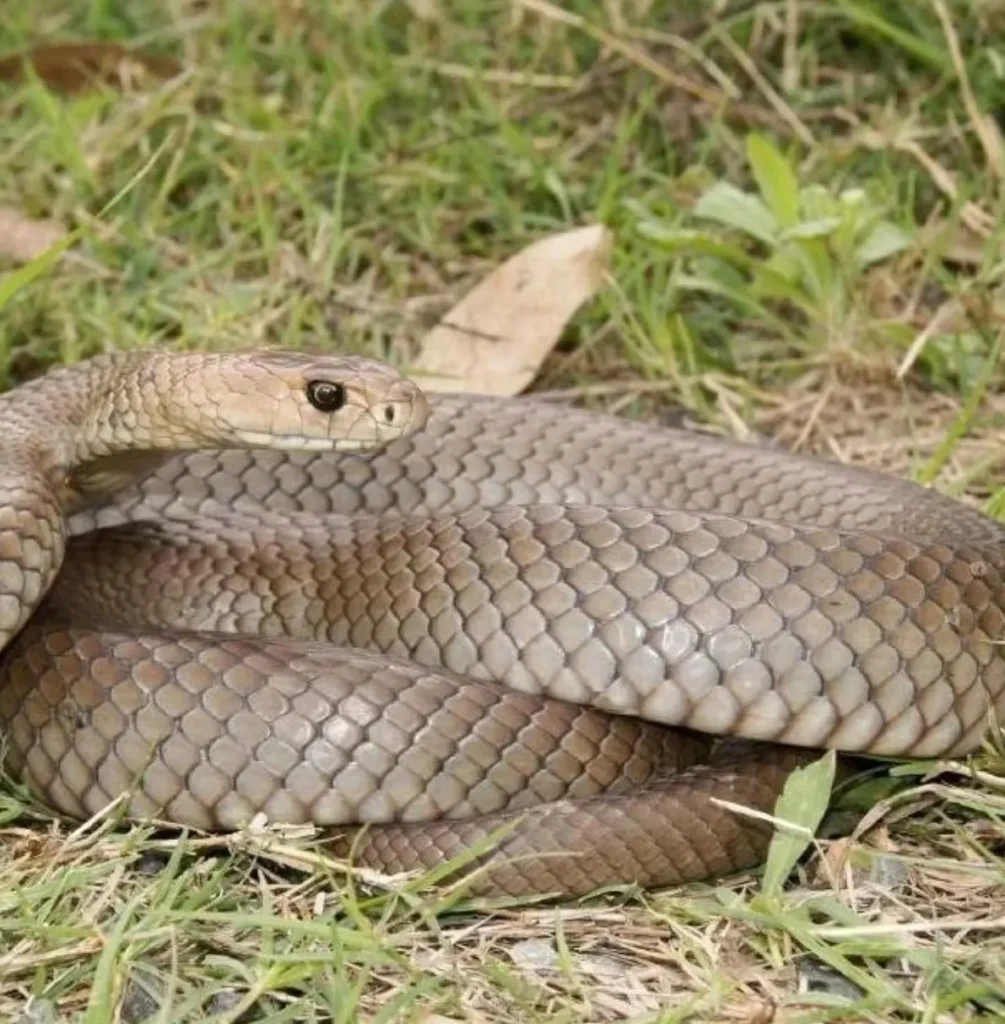
Insects and Other Small Creatures
- Swallow tail butterflies Swallowtail Butterflies can be seen fluttering about the flowering plants in the area. Their coloured wings supplement the beauty of nature.
- Australian honey bees are instrumental in pollinating indigenous plants. It is very common to see them focused on flowers, and their buzz is an everyday affair.
Small inhabitants of the area include:
| Insect/Creature | Description |
|---|---|
| Swallowtail Butterflies | Beautiful butterflies with striking patterns and large wingspans are often seen fluttering in gardens and forests. |
| Australian Honeybees | Essential pollinators play a crucial role in the local ecosystem, contributing to the health of plants and flowers. |
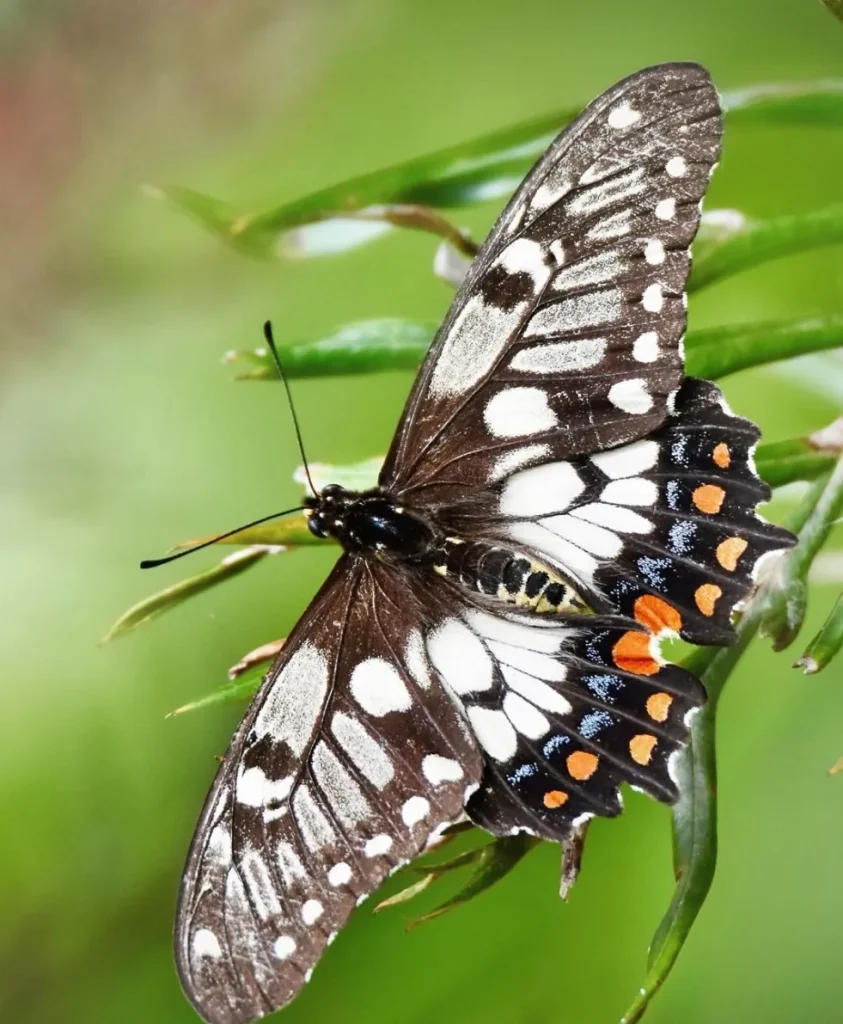
Conclusion
Wildlife watching around the Twelve Apostles is an added advantage to all nature enthusiasts, casual or die-hard fans. Some exploring the magnificently sculpted rocks and very rich habitats and ecosystems in the region have a chance to see a lot of animals. The region is blessed with the natural and ecological beauty of the Southern Right Whales in the Southern Ocean, the welcoming trees around the lions, and the treasuring cute corsets, making Australia in itself all the more attractive for Wildlife enthusiasts.
FAQ
When’s the best season to watch wildlife at the Twelve Apostles?
Generally any time of winter at the Twelve Apostles is good for wildlife watching because animals are more visible as they come out and about. Best period however is in the spring and summer seasons (September to February) as the weather is not too harsh and wildlife on the move.
Can you spot Southern Right Whales by the Twelve Apostles?
Indeed they are Southern Right Whales which frequent the waters of the Southern Ocean near the Twelve Apostles most of the times especially during winter up to fall months from June through to October.
Are there any wildlife spotting activities available in the area?
Some of them include the 12 Apostles tour and helicopter rides in collaboration with Apostles Helicopters and wildlife tours explaining new things regarding the local plants and animals, among others, and these are a few of the tours that are offered.
Where can I find info about the Twelve Apostles visit?
For more information on visiting the Twelve Apostles and other sites nearby, you may go to the Port Campbell Visitor Information Centre or you may contact Parks Victoria.
Are there any places to stay near the Twelve Apostles?
Yes, there are many lodgings in towns adjoining the Twelve Apostles like Port Campbell and Apollo Bay that have a variety of accommodation levels including from budget lodges to luxury accommodation options.